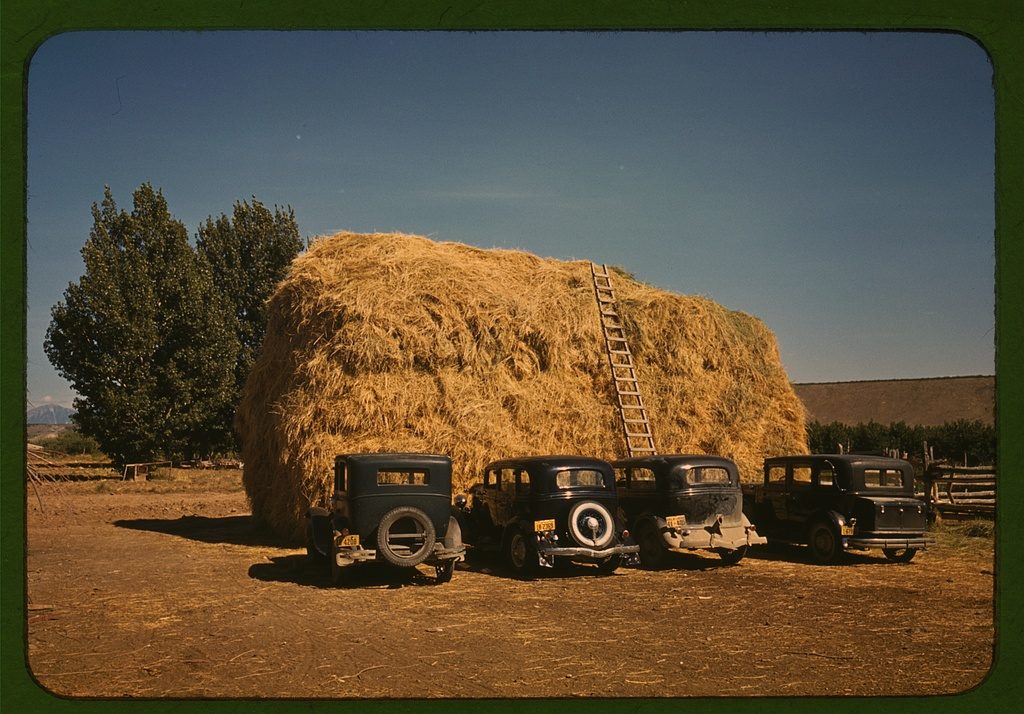I had a nice talk Friday with Norman and Paul Kehmeier, father and son farmers in Delta County, Colorado, who get their water from Surface Creek, a tributary to the Gunnison.
I called after getting a note earlier in the week from Norman, who I’d met last year on a trip to Grand Junction:
Thought you might be interested to learn that Paul and I will be wasting very little water on alfalfa this spring for the simple reason that we don’t have water.
Grand Mesa, which sits above them, has less than 50 percent snowpack, Norman wrote, and with strong demand from downstream municipal water users and apple orchards, it may make sense to lease what little water they do have rather than growing alfalfa, as they usually do with it.
While those of us down here in the lowlands log in to the Colorado River Basin Forecast Center and check out the latest maps and streamflow forecasts, Norman and Paul can look out the window to see what’s coming. This year, a lack of snow in the lower elevations posed the biggest problem. It’s the low snow that melts off early, providing the spring runoff. That’s how it works in a system where you don’t have big reservoir storage above you.
They’re in the Colorado River Basin – the Gunnison meets the Colorado at Grand Junction – but in many ways it feels like a completely different thing from the Colorado River Basin many of us spend our time talking about. Despite the noisy arguments you hear, the supply of water from Lake Mead is rock solid stable and reliable compared to the year-in, year-out reality of farming in a place like Delta County, where there were 25,000 acres of alfalfa last year.
The Kehmeiers have some great water rights to irrigate their 300 acres. Their Surface Creek right is the fourth-oldest on the creek, dating to 1892. But that doesn’t help if there’s no snow in the high country above them.
Lake Mead, behind Hoover Dam, can hold 30 million acre feet of water when it’s full. Kehmeier Reservoir, the Kehmeiers’ little private reservoir, can hold 300 acre feet of water when it’s full. Neither will be full this year. The purpose of Hoover Dam is big, multi-year storage – to hold water over from wet years for use when it gets dry. The sort of reservoir the Kehmeiers use (there are many above the farmers in Delta County) holds some of meltwater from early in the year for use late in the year, stretching high spring flows out to supply farms during the low flows later in the year. Shortage in Delta County happens every time there’s a single year of low snowpack, which is often these days.
Paul explained the added problem they face that, when the snowpack is low, the water that’s left in the creek is primarily groundwater base flow. With geology dominated by the Mancos Shale, he said, the salinity is high.
So the Kehmeiers are hunkered down this year, “resolved,” Paul said, “not to be pessimistic.”
“There is one thing we won’t worry about,” Norman wrote, “and that is the viability of our alfalfa stands, because we have learned with some experiments over the past few years that alfalfa will survive quite well under deficit irrigation. It is a remarkable plant.”

